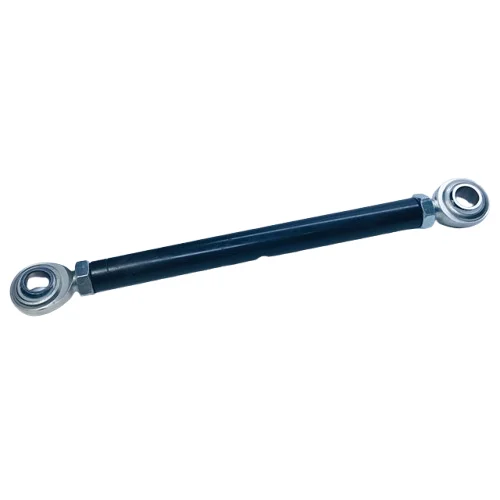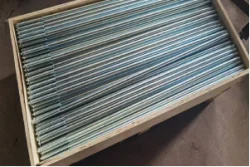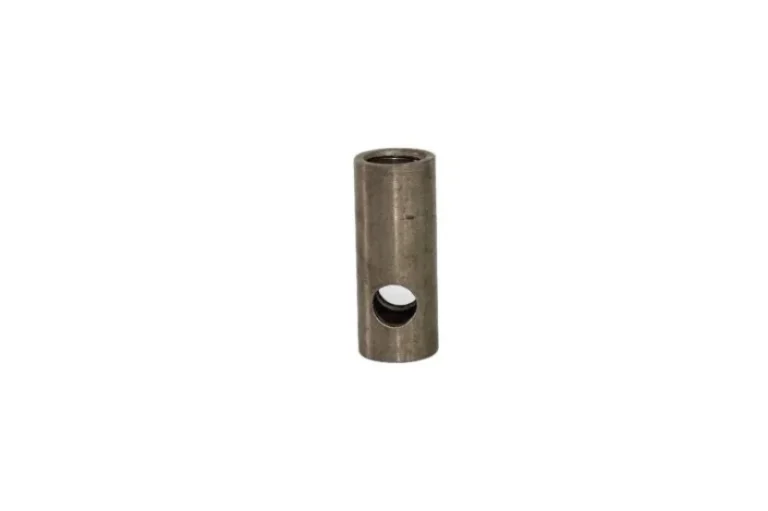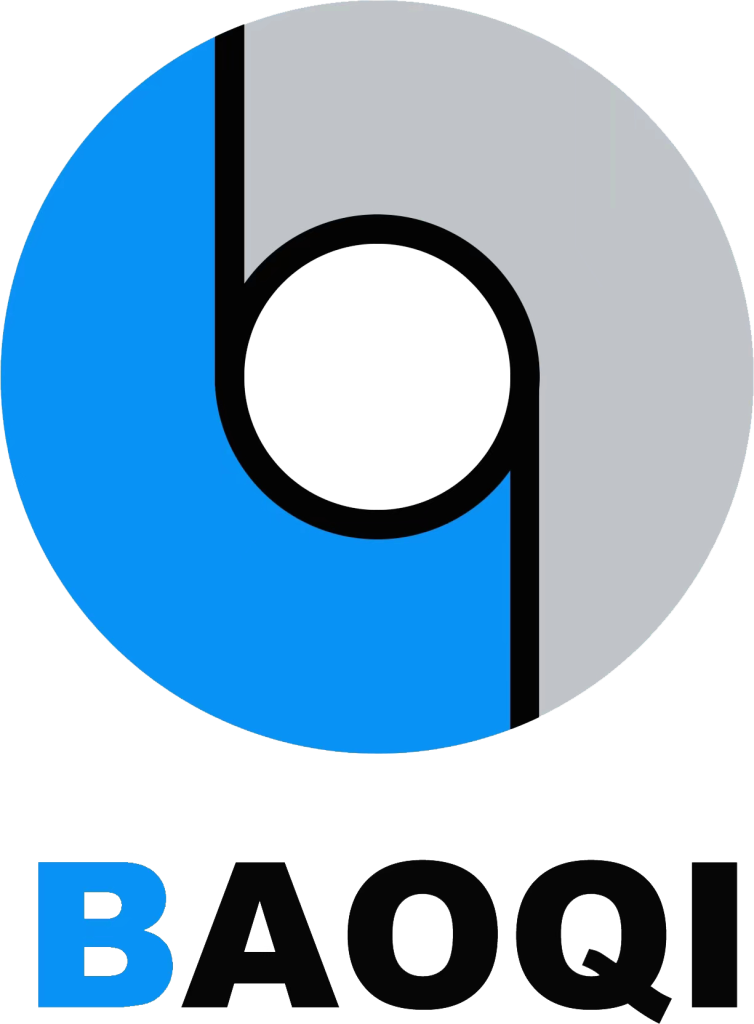Understanding the Basics of a Turnbuckle
Definition and Purpose of a Turnbuckle
A turnbuckle is a mechanical tool. It adjusts tension or length in cables, ropes, or other systems. It has two threaded eyelets or hooks. A central body connects them. Rotating the body tightens or loosens tension. These devices are common in construction and rigging. They are also used in industries needing precise adjustments. Qingdao Baoqi Intelligent Co.,Ltd. Produces various types of Turnbuckle, this ensures structural stability and alignment.
Turnbuckles excel where tension is vital for safety. They appear in bridges and scaffolding. You can also find them in fences or trellises.

Components of a Turnbuckle
A turnbuckle has three main parts:
- The Body: This central piece joins the threaded ends. It is often made of steel or stainless steel for strength.
- Threaded Eyelets or Hooks: These sit at each end. They link to cables, rods, or hardware.
- Threads: Internal threading allows fine adjustments. Rotating the body controls tension.
These parts combine to meet tensioning needs across industries.
Types of Turnbuckles and Their Applications
Concrete Turnbuckles
Concrete turnbuckles are built for concrete structures. They adjust tension where needed. They are key in precast construction. Precast components like walls, floors, and roof trusses speed up building. They also cut labor costs. Concrete turnbuckles ensure alignment and stability during assembly. They boost structural strength in these projects.
Stainless Steel Turnbuckles
Stainless steel turnbuckles resist corrosion. They are durable. This makes them perfect for outdoor or marine settings. They handle moisture or harsh conditions well. You see them in bridges, railings, or maritime rigging. Their sturdy design ensures lasting performance despite challenges.
Proper Installation Techniques for a Turnbuckle
Preparing for Installation
Good preparation ensures turnbuckle success and safety:
- Inspect Components: Check the turnbuckle for damage or wear.
- Choose the Right Type: Pick a concrete turnbuckle for construction. Use a stainless steel turnbuckle for marine tasks.
- Gather Tools: Keep wrenches and pliers ready.
Steps to Install a Turnbuckle Correctly
- Secure Connections: Attach eyelets or hooks to cables or rods.
- Adjust Tension: Turn the body to tighten or loosen. Stop when tension is right.
- Double-Check Alignment: Confirm connections are secure. Ensure proper alignment.
- Test Stability: Apply load slowly. Verify the system holds without slipping.
Following these steps carefully maximizes performance. It also keeps safety first.
Maintenance and Safety Tips for Using a Turnbuckle
Regular Inspection Guidelines
Regular checks maintain turnbuckle safety and lifespan. This applies to both concrete turnbuckles and stainless steel turnbuckles. Start with a visual inspection. Look for wear, corrosion, or damage. Focus on threads. Worn threads weaken tensioning. Check connections at both ends. Ensure no cracks or deformities exist. Use tools to test the body’s rotation. It should move smoothly.
In harsh settings, like marine areas, inspect more often. Stainless steel turnbuckles face moisture and corrosion risks. Lubricate threads regularly. This aids smooth operation and prevents rust.
Common Issues and How to Resolve Them
Thread corrosion is a frequent problem. It occurs in outdoor or marine environments. Use stainless steel turnbuckles to fight corrosion. Protective coatings also help. Misalignment during setup is another issue. It causes uneven tension and risks failure. Always verify alignment before loading.
If threads get dirty, adjustment becomes hard. Clean them with a wire brush or compressed air. For severe damage, replace parts. Repairs on faulty components can be unsafe.
Practical Uses of Turnbuckles in Various Industries
Construction Applications
Turnbuckles are vital in construction. They adjust tension for stability. Precast components like walls, floors, and roof trusses speed up building. They reduce labor costs. Concrete turnbuckles align these parts during assembly. They keep structures secure and positioned.
Turnbuckles also stabilize scaffolding. They handle varying loads. Their precision ensures safe work conditions on sites.
Marine and Outdoor Settings
In marine environments, stainless steel turnbuckles shine. They resist rust and corrosion. They are common in boat and ship rigging. Proper tension ensures safety and function. Outdoors, they secure tents, tarps, or shade sails. They withstand weather changes.
In landscaping, turnbuckles tighten wires for trellises or fences. Their robust build handles temperature and humidity shifts.
Industrial Machinery and Equipment
In industry, turnbuckles align machinery precisely. They are used in conveyor systems and hoisting gear. Accurate tensioning boosts performance. Their versatility meets varied industrial demands. They ensure both safety and efficiency.
Choosing the Right Turnbuckle for Your Needs
Factors to Consider When Selecting a Turnbuckle
Picking the right turnbuckle requires careful thought:
- Material: Use concrete turnbuckles for construction tasks. Choose stainless steel turnbuckles for corrosion resistance in marine settings.
- Load Capacity: Confirm the turnbuckle supports the expected load safely.
- Thread Type: Decide on right-hand, left-hand, or mixed threads for your setup.
- Environment: Consider moisture or chemical exposure when picking materials.
- Size: Match the turnbuckle size to cables or rods for a firm fit.
Evaluating these factors ensures a reliable choice. It promotes safety and durability.
Frequently Asked Questions
How often should I inspect my concrete turnbuckle?
Inspect before each use in high-stress tasks like construction.
What makes stainless steel turnbuckles ideal for marine settings?
Stainless steel resists corrosion well. It suits high-moisture environments.
Can I use lubricants on my turnbuckle?
Yes, lubricants prevent corrosion. They ensure smooth operation.
What is the best way to clean a dirty turnbuckle?
Use a wire brush or compressed air. This clears threads without damage.
Where can I find custom-made solutions for specific applications?
Qingdao Baoqi Intelligent Co., Ltd offers customization services with over 10 years of experience specializing in forging, casting, and punching parts.
For custom solutions tailored to your building needs, Qingdao Baoqi Intelligent Co.,Ltd brings over 10 years of skill in crafting high-quality forging and casting parts!

